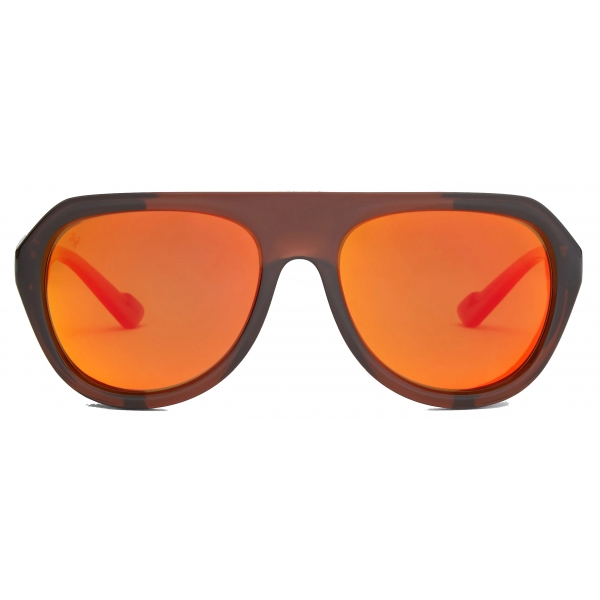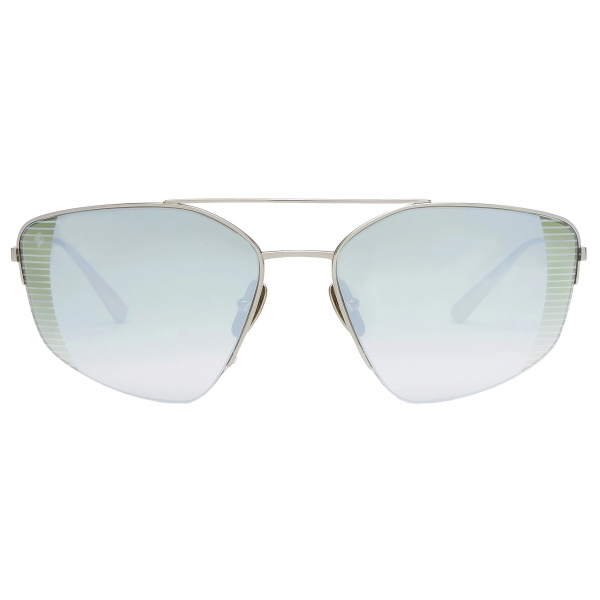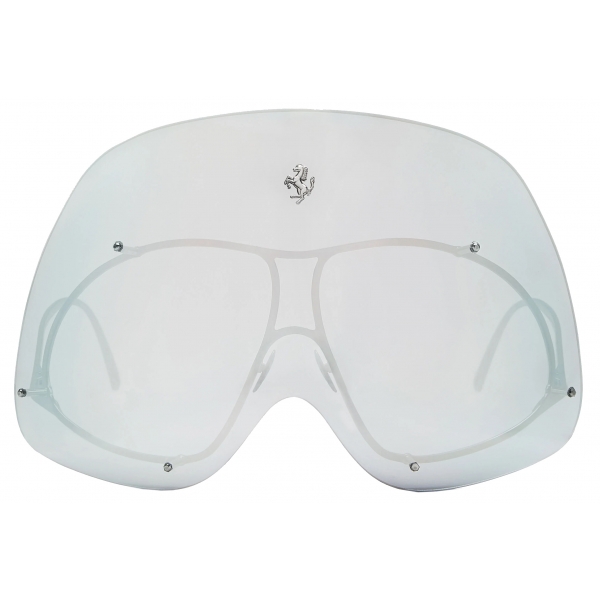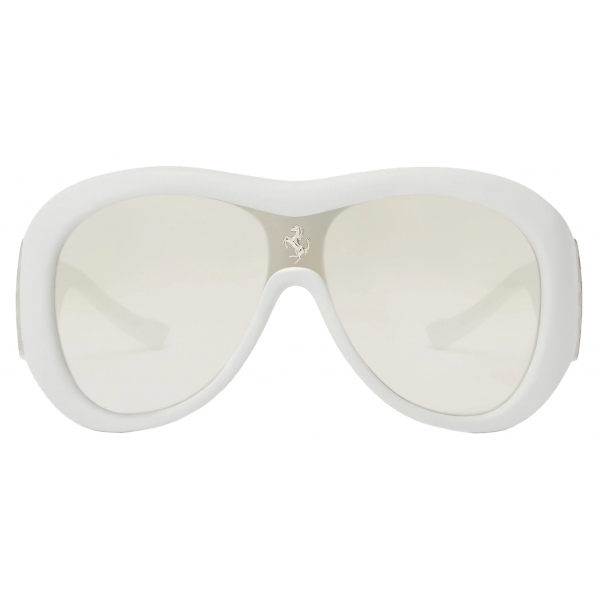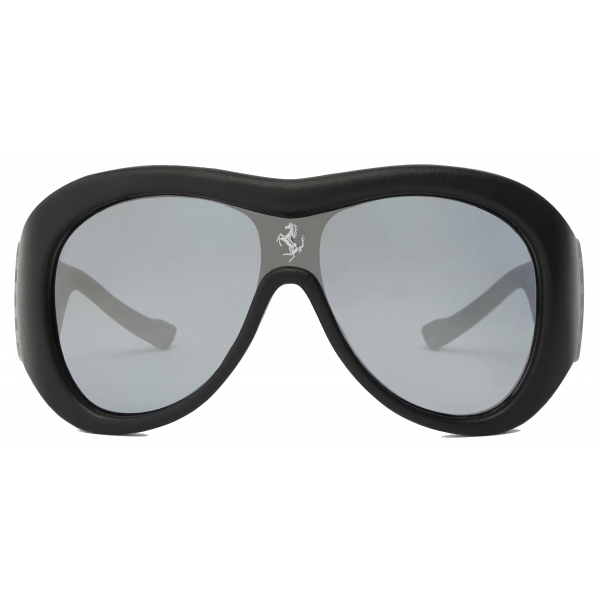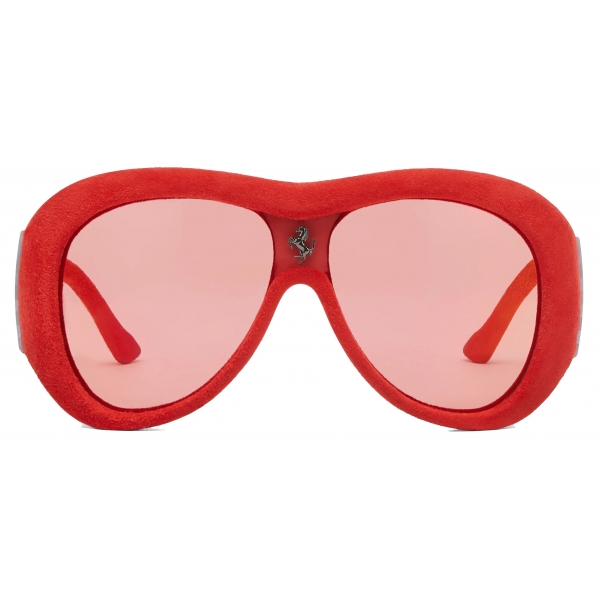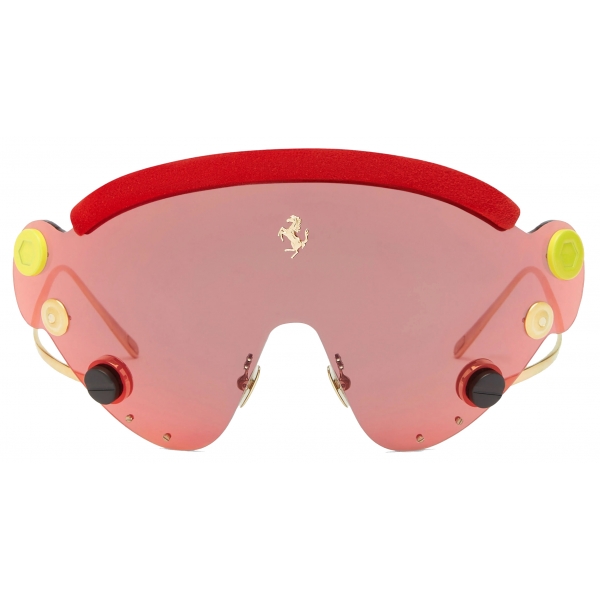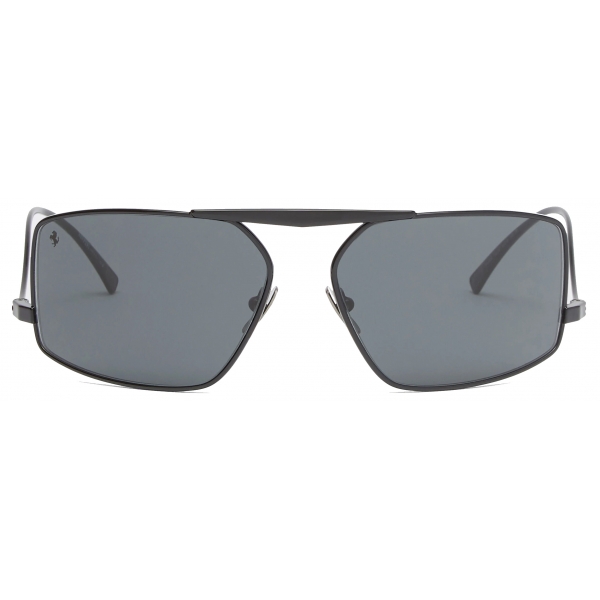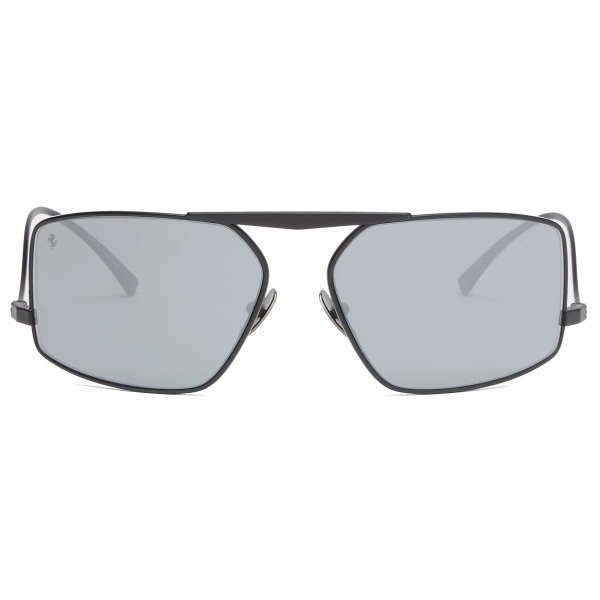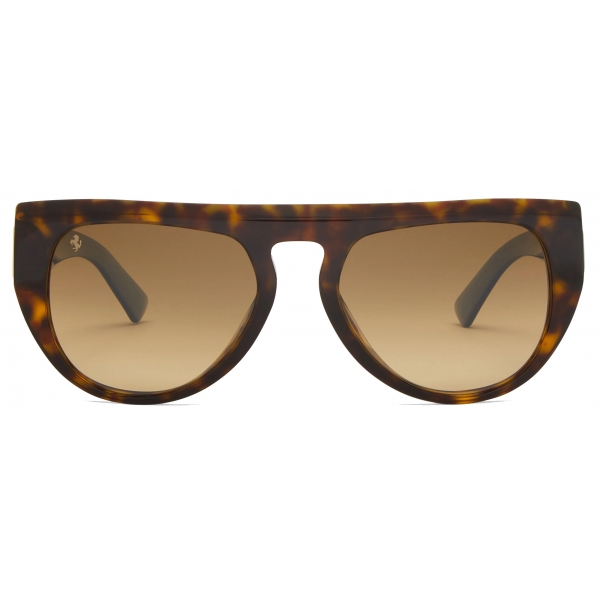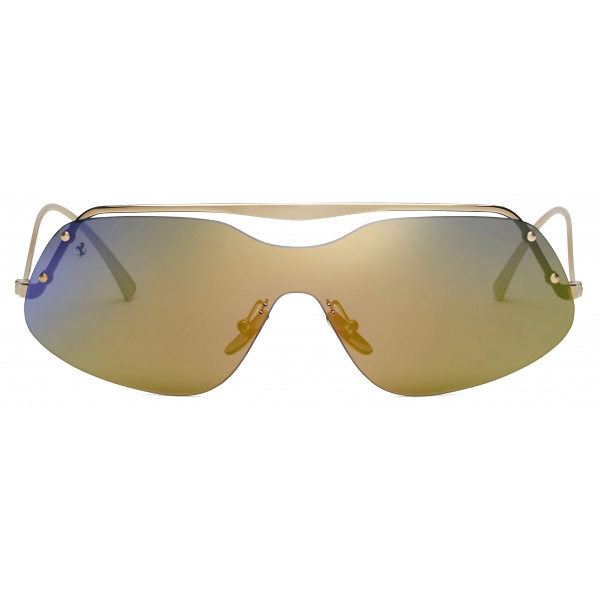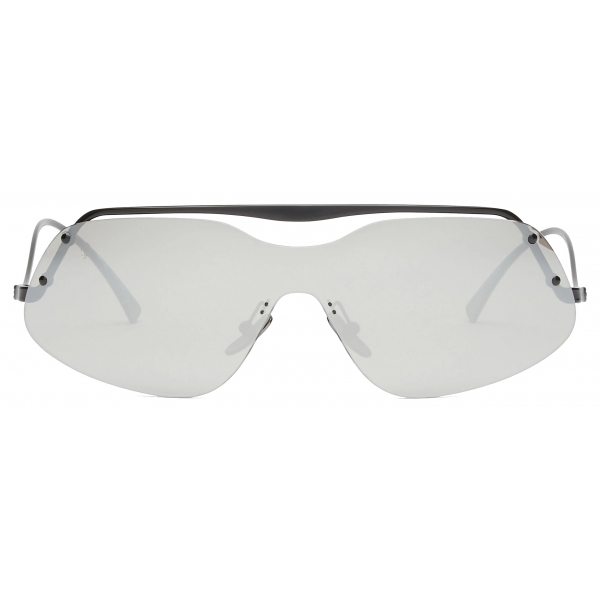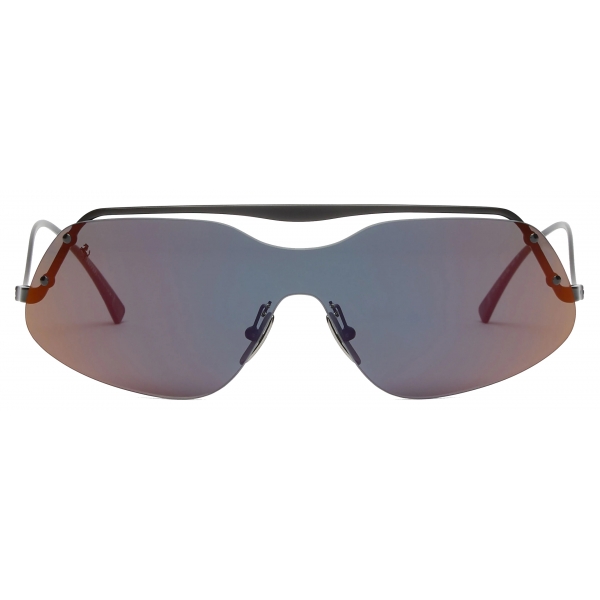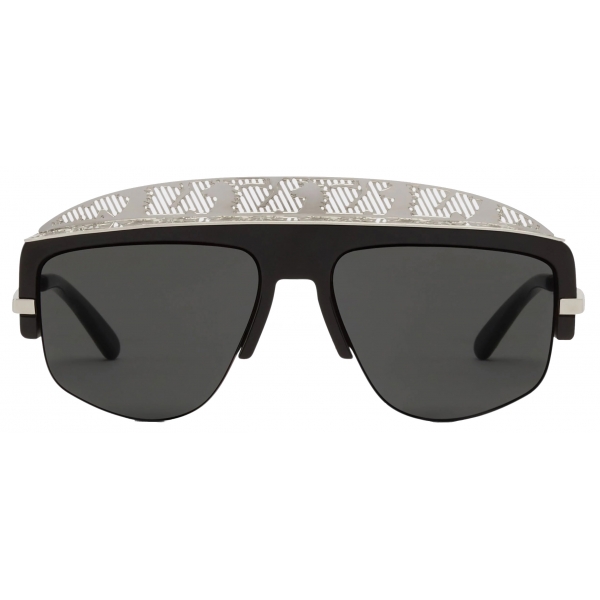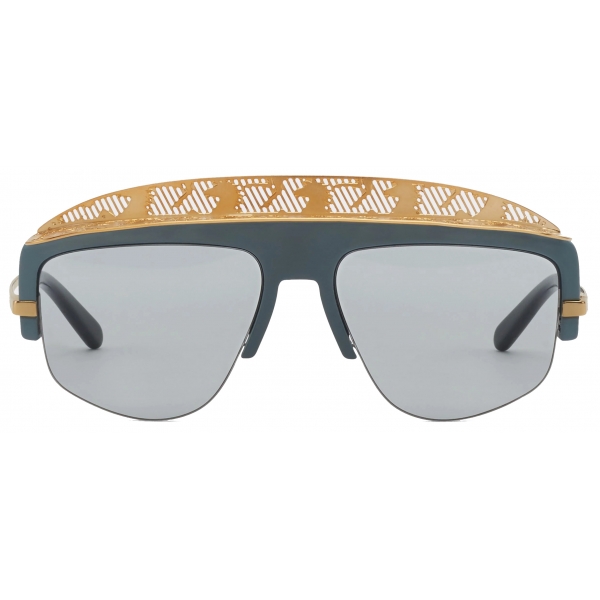No products
Categories
- Fashion Accessories
- Clothing
- Beauty & Lifestyle
-
Hi-Tech & Lifestyle
- Gaming
-
Case
- iPhone 11 Pro
- iPhone 11 Pro Max
- iPhone 11
- iPhone X / XS
- iPhone XS Max
- Samsung S10 / S10+ / S10e
- Huawei P30 / P30 Pro / P30 Lite
- Huawei P20 / P20 Pro / P20 Lite
- iPhone XR
- Samsung S9
- Samsung S9+
- iPhone 8 / 7
- iPhone 8 Plus / 7 Plus
- Samsung S8
- Samsung S8+
- Samsung S7
- Samsung S7 Edge
- iPhone 6 / 6 s
- iPhone 6 Plus / 6 s Plus
- iPhone 5 / SE
- Skin
- Audio
- Smart Home
- Drones & Hoverboard
- Photo & Video
- Desk Supplies
- Accessories
- Games
- Beverages
- Food
- Home
- Jewelry
- Luxury
- Travel
- Art
- Footwear
- Vintage Fashion
- Restaurants
- Sport
- Animals
- Gift Ideas
- Kidswear
Extra
Viewed Products
-

Clinique - Beyond Perfecting™ Foundation + Concealer - Foundation - Luxury
A foundation-and-concealer in one for...
-

Swarovski - Oval Sunglasses - Silver - Sunglasses
These eye-catching sunglasses are...
-

Prada - Prada Linea Rossa Impavid - Wraparound Sunglasses - Metallic Iron...
Sunglasses with an ultra-modern...
Ferrari
Italian Manufacturer of Luxury Sports Cars Based in Maranello
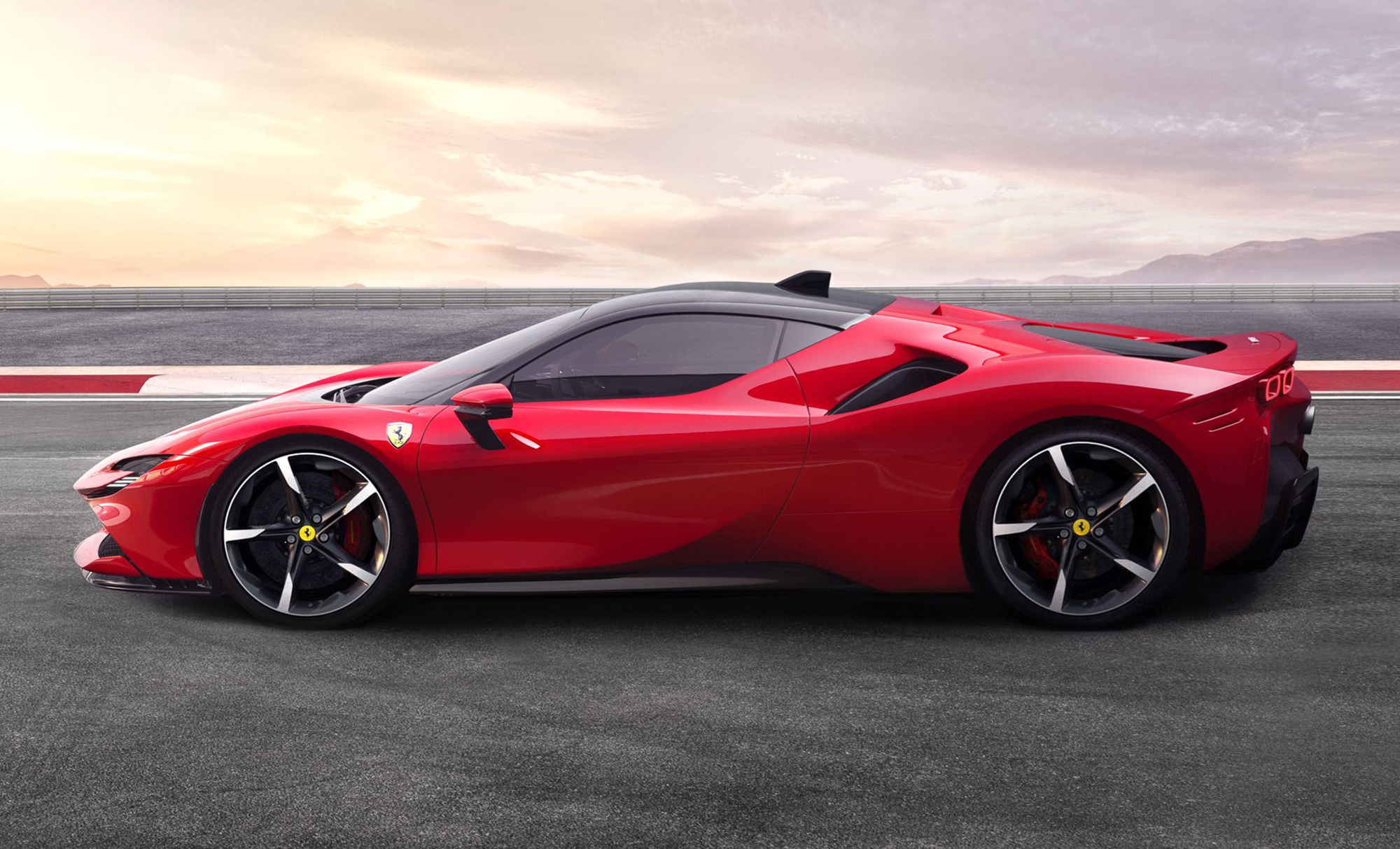
At The Origins of The Myth
 – Ode to the twelve cylindersFerrari 812 Competizione (2021) s.jpg)
Explore the moments that immortalized the myth of Ferrari, a race made of passion, craftsmanship and innovation.
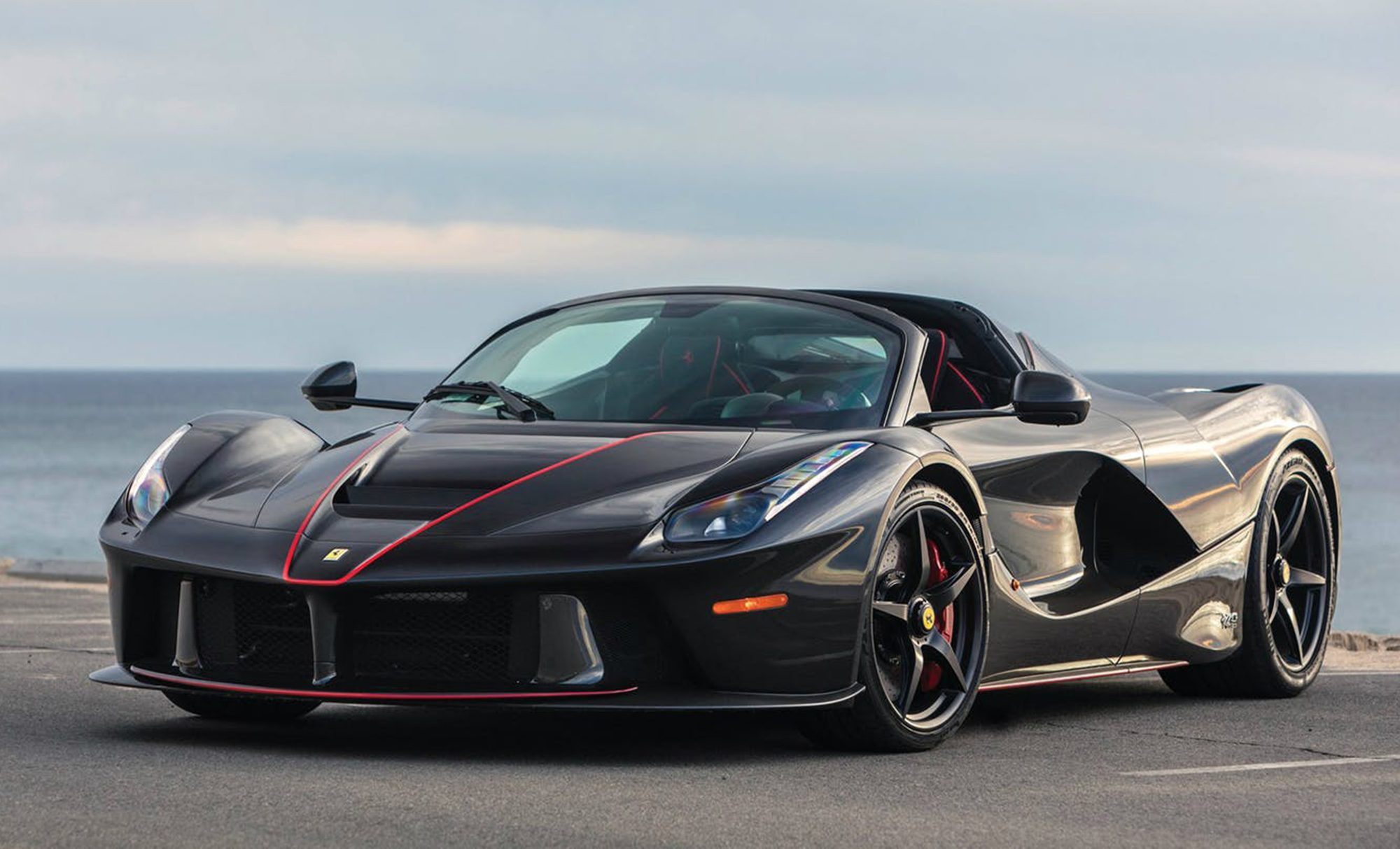
Since 1947 in Maranello we have been building cars destined to win, on the track and on the road. The most challenging bad luck: the one against time.
'30 - '40 - The Origins
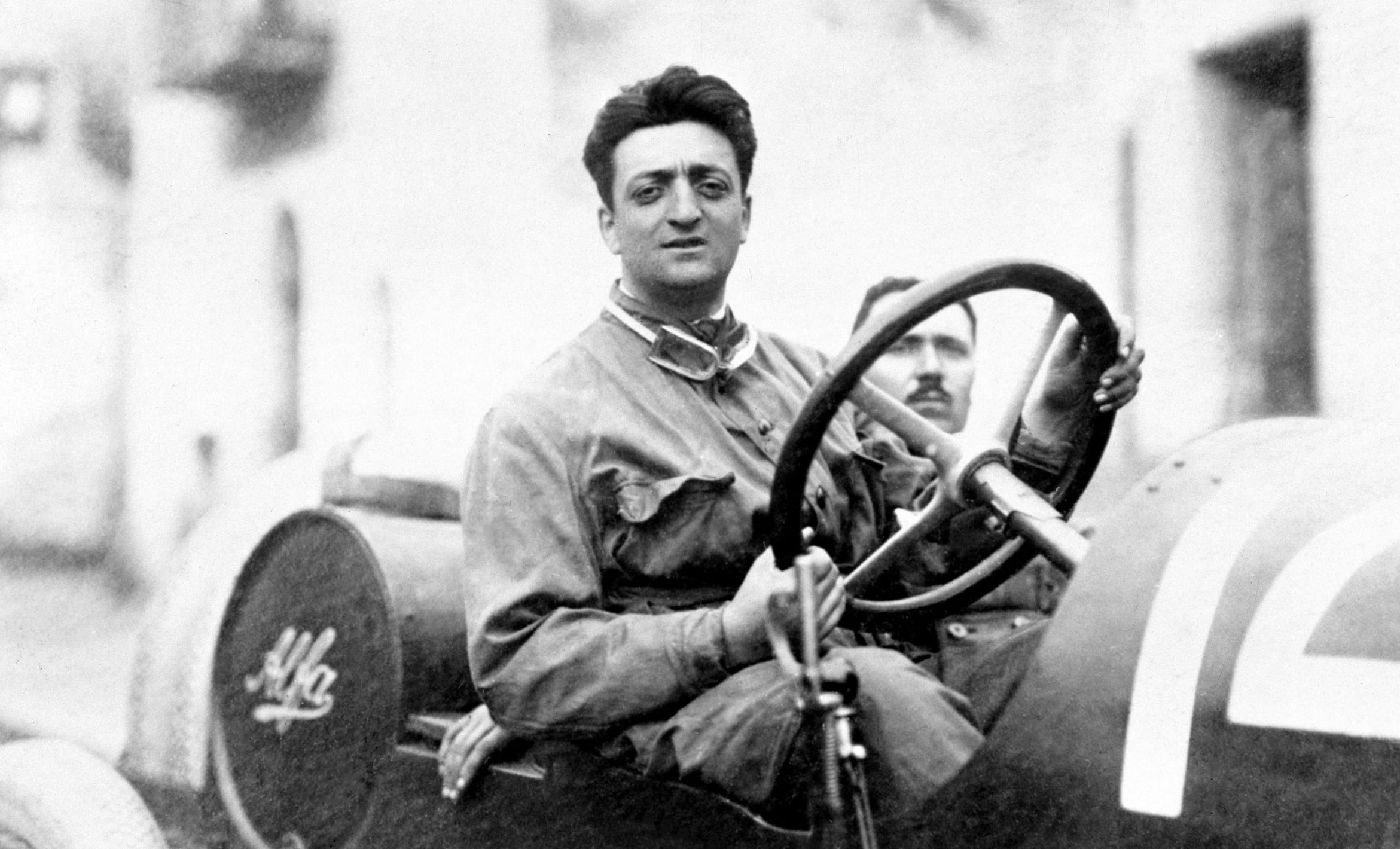
Our story officially begins in 1947, when the first Ferrari-branded car, the 125 S., came out of the historic door in Via Abetone Inferiore in Maranello. But the origins of Ferrari are inextricably linked to the life of the company founder.
Born in Modena on February 18, 1898 and died on August 14, 1988, Enzo Ferrari has dedicated his entire life to car racing. Official driver of Alfa Romeo in 1924, five years later he founded the Scuderia Ferrari, in Viale Trento Trieste in Modena, with the aim of involving his members, especially gentlemen, in motor racing competitions.
In 1938 he became director of Alfa Corse, a post he left in 1939 to found Auto Avio Costruzioni at the old headquarters of the Scuderia.
In this new company, Enzo Ferrari built a sports car, an 8-cylinder, 1500 cm³ spider called 815, which was built in two specimens and participated in the 1940 Mille Miglia. The beginning of the Second World War put an end to all competitive activities.
At the end of 1943 the Auto Avio Costruzioni workshops were transferred from Modena to Maranello. At the end of the conflict, the design and construction of the first Ferrari began, the 125 S, 12 cylinders, 1500 cm³ which, entrusted to Franco Cortese, made its debut on the Piacenza circuit on 11 May 1947 and on the 25th of the same month it won its first race at the Rome Grand Prix, on the circuit around the Baths of Caracalla.
'50 - The Success
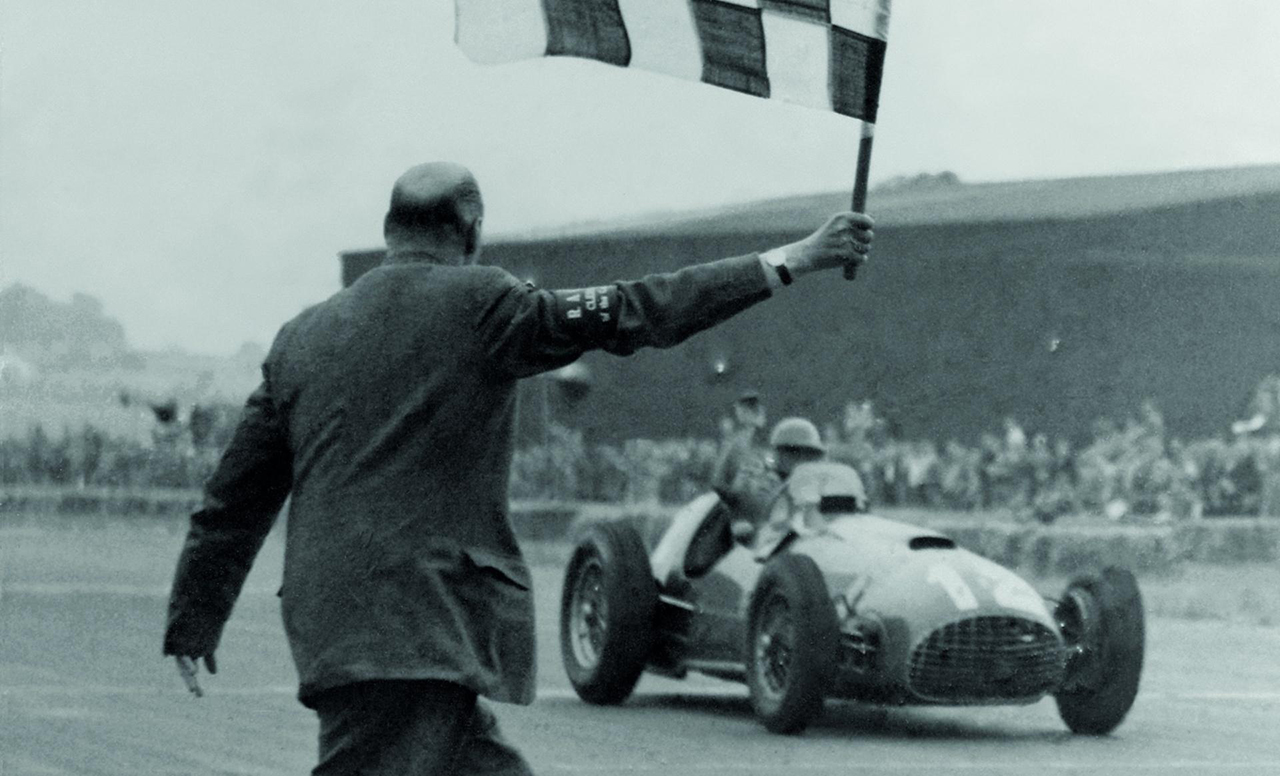
The 1950s marked important changes: at the end of the decade the whole world will know the name Ferrari.
From a sporting point of view, the first successes of a series that will lead Scuderia Ferrari to become the most successful team ever in the history of Formula 1 are celebrated.
In the field Endurance wins his first Mille Miglia in 1948, the first 24 Hours of Le Mans in 1949 while in Formula 1 he wins the first Grand Prix valid for the Formula 1 World Championship in 1951, in 1952 Ferrari is Champion of the Mondo with Alberto Ascari, which will also be repeated in '53.
The industrial side also recorded significant events: the collaboration with the historic Carrozzeria Scaglietti began in 1951 for the production and assembly of Ferrari chassis.
The success with the public is such that between 1950 and 1960 sales are more than tripled.
'60 ' 70 - Consolidation

Enzo Ferrari, aware of the fact that the development of industrial activity requires a modern and structured corporate structure, undergoes some important changes: in 1960 Ferrari became a joint stock company, and in '69 he signed an agreement with the Fiat group for the sale of 50% of the Ferrari shares.
In 1973 the production of cars with the first rear-mounted V8 engines begins, which will enjoy great commercial success. Throughout the 1970s, sales continued to increase, driven by the success of cars such as the 308 GTB, 308 GT4 and GTS.

Even the racing department is certainly not watching.
At the end of the 1960s, the first sponsors appeared on F1 cars as well as the first logos on the bodies of Ferrari single-seaters: the agreement with Shell dates back to 1968, still today the main sponsor together with Philip Morris International (who arrives in '84). In the second half of the decade, the Scuderia achieved great successes in F1, triumphing several times in the Drivers and Constructors' World Championships.
'80 - '90 - Towards The New Millennium
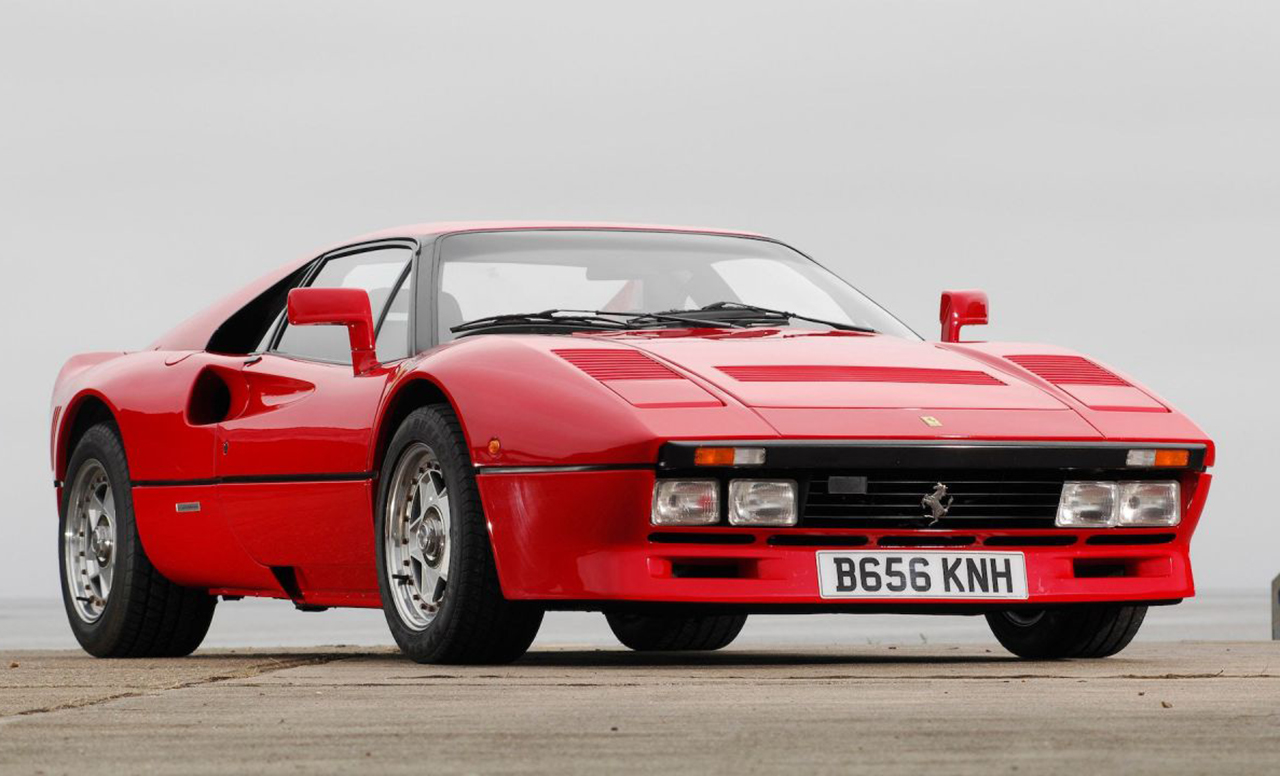
During the 1980s we are going through perhaps the most delicate moment.
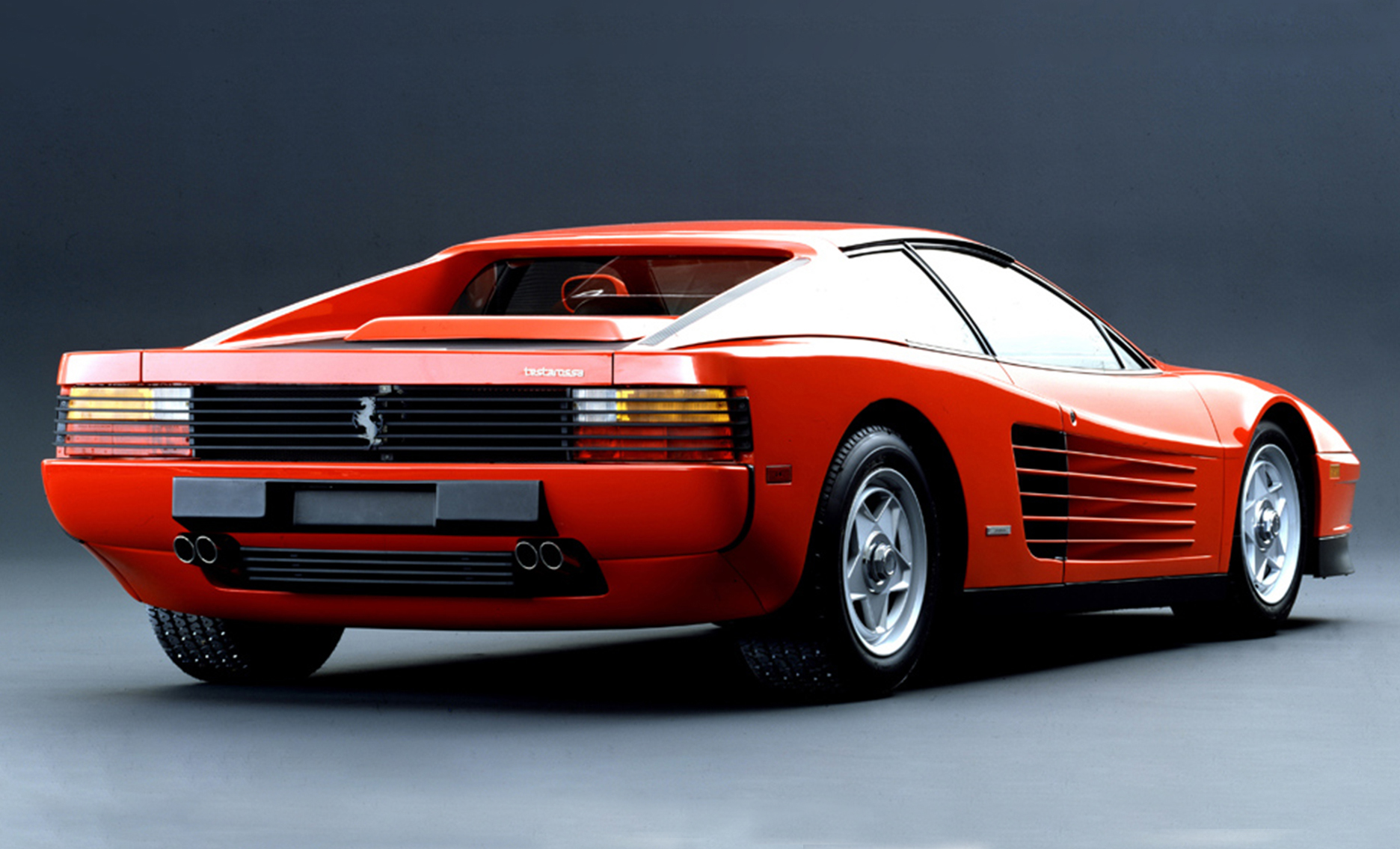
The decade ends with the sad note of Enzo Ferrari's death in 1988. Furthermore, Fiat increases its shareholding up to 90%, the remaining 10% remains in the hands of Enzo's son, Piero Ferrari.
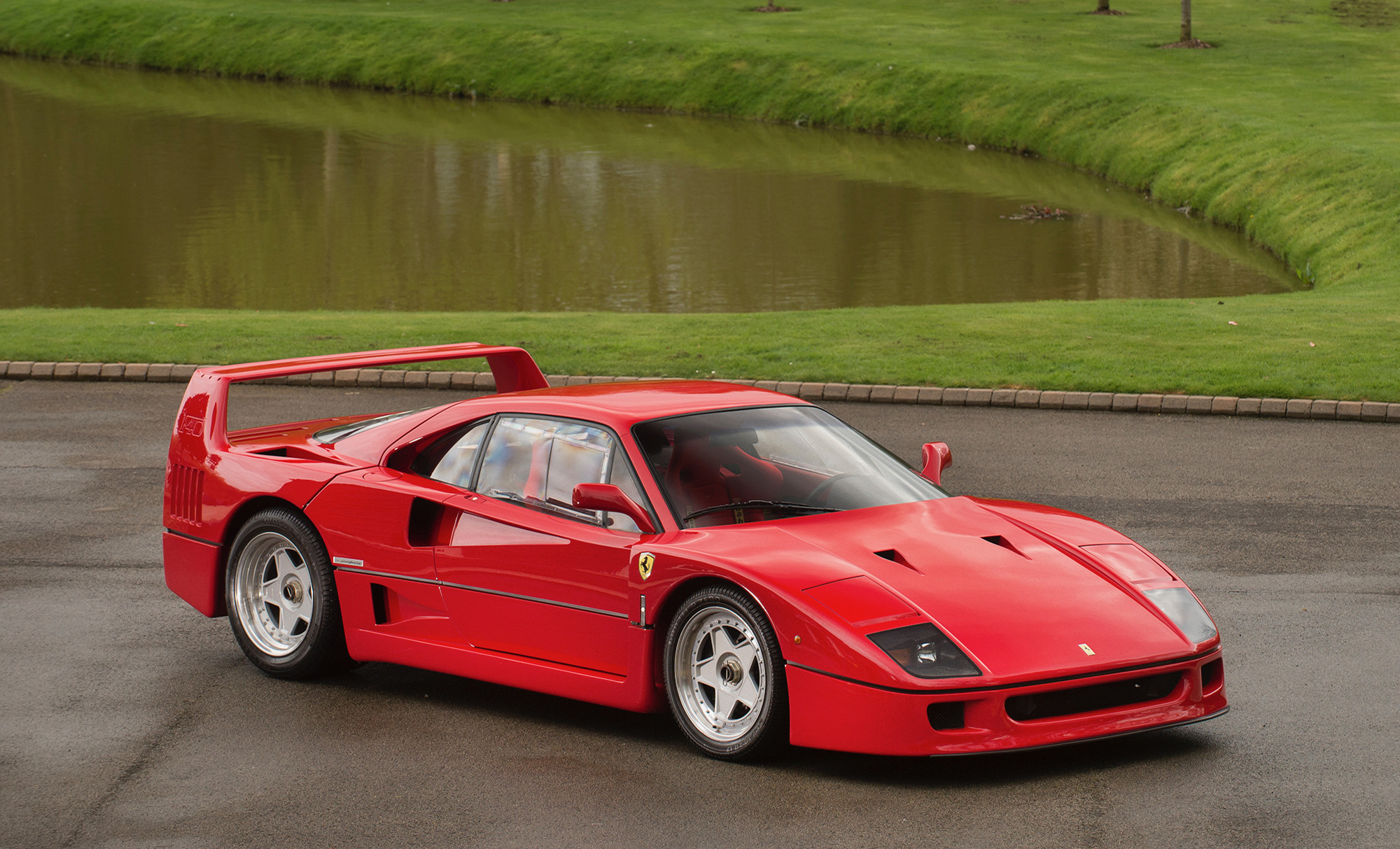
If only two Constructors' World Championships come from Formula 1 ('82 and '83), in those same years cars capable of marking an era take shape: the 288 GTO and the Testarossa in 1984, the F40, the last car of Enzo Ferrari , in 1987, followed by the F50 in 1995.
2000 - 2010 - The Dominion of The Reds in F1

The new millennium begins giving us great sporting satisfactions: in America there are important triumphs, with three 12 Hours of Sebring and a 24 Hours of Daytona, but it is above all in F1 that our team achieves victories in series: from 2000 to 2008 they arrive in fact thirteen World Championships: six Drivers (five with Schumacher and one with Räikkönen) and seven Manufacturers.
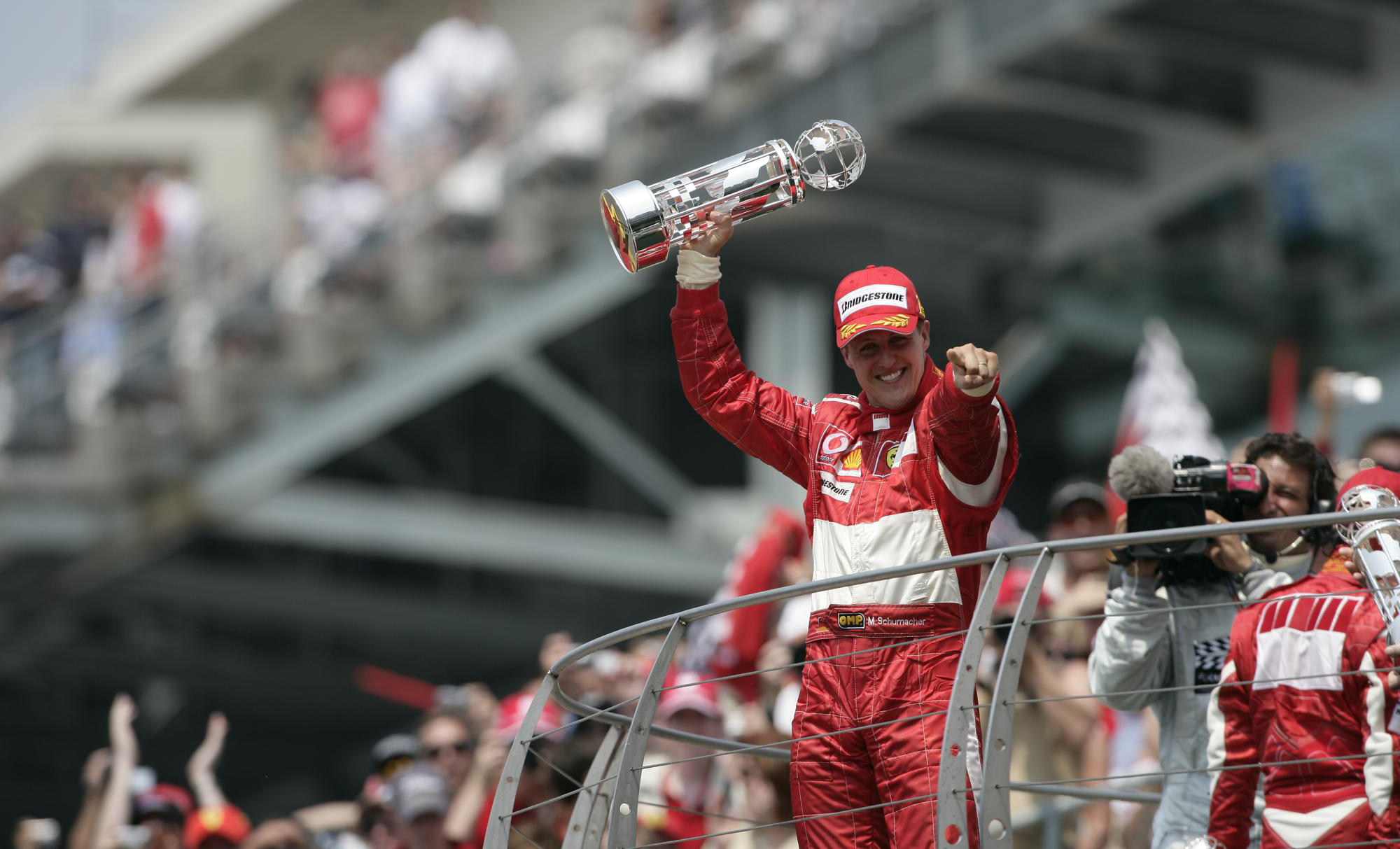
From a commercial point of view, for years they have seen the launch of successful models such as the Enzo Ferrari in 2002 and the F430 in 2004 and, above all, the launch of a branding policy that after the inauguration of the first Ferrari Store in Maranello in 2002, will culminate in a series of openings in Italy and abroad bringing the Ferrari brand to 30 stores around the world, including St. Petersburg, Dubai, Abu Dhabi, Singapore, New York and Miami.
2010 to Today - New Markets and Stock Exchange Quotes
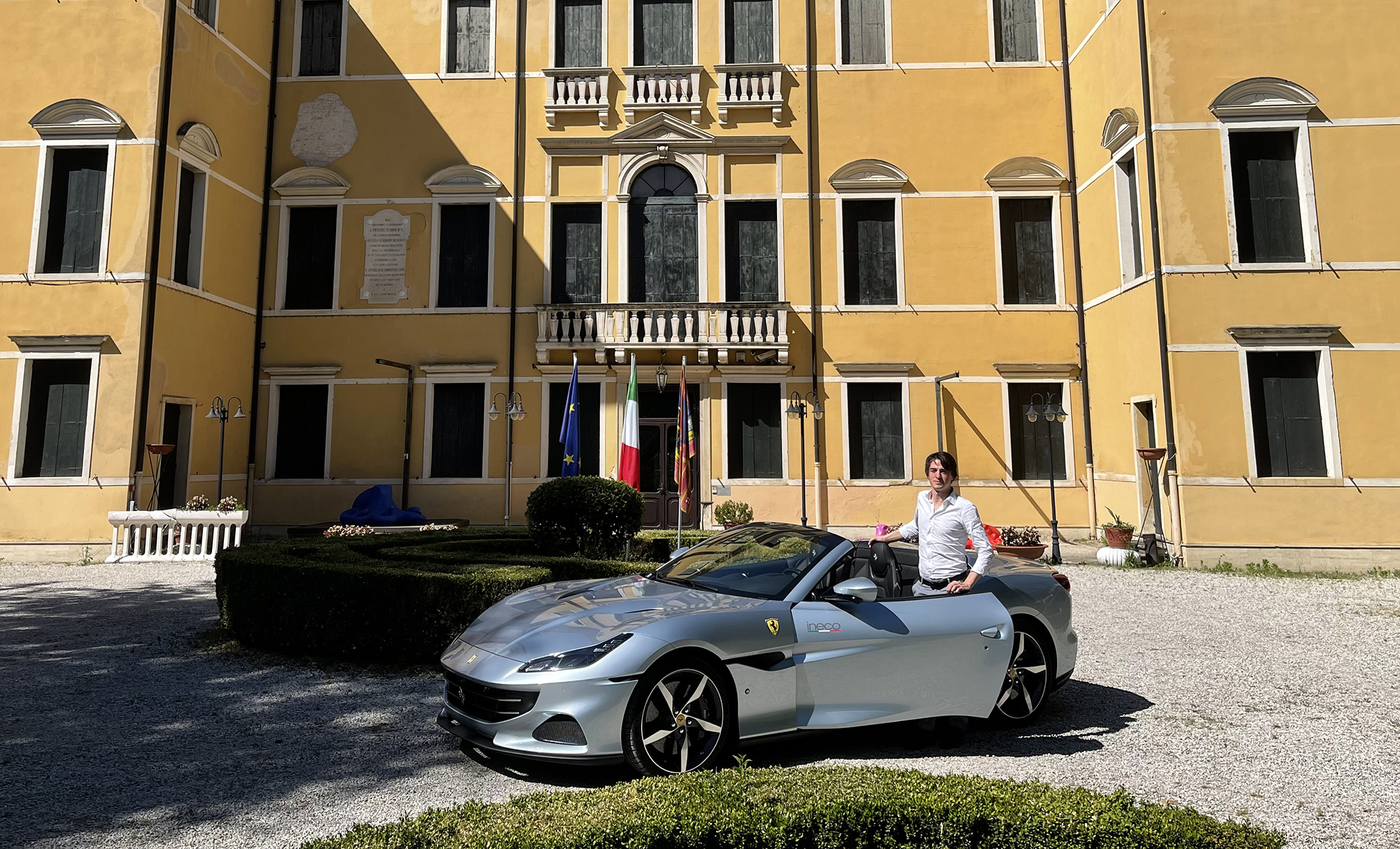
The third millennium begins with a decade of strong expansion.
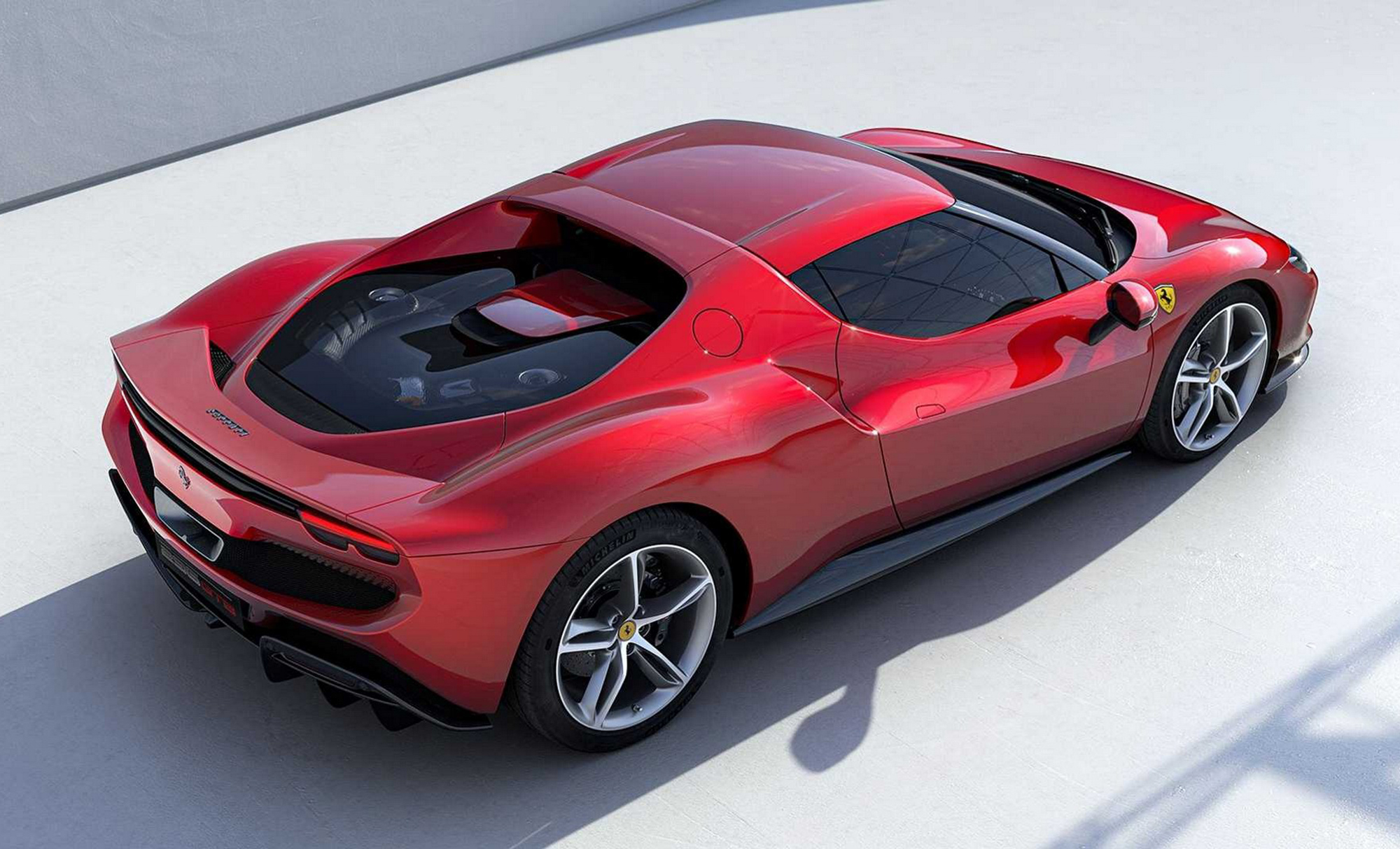
.jpg)
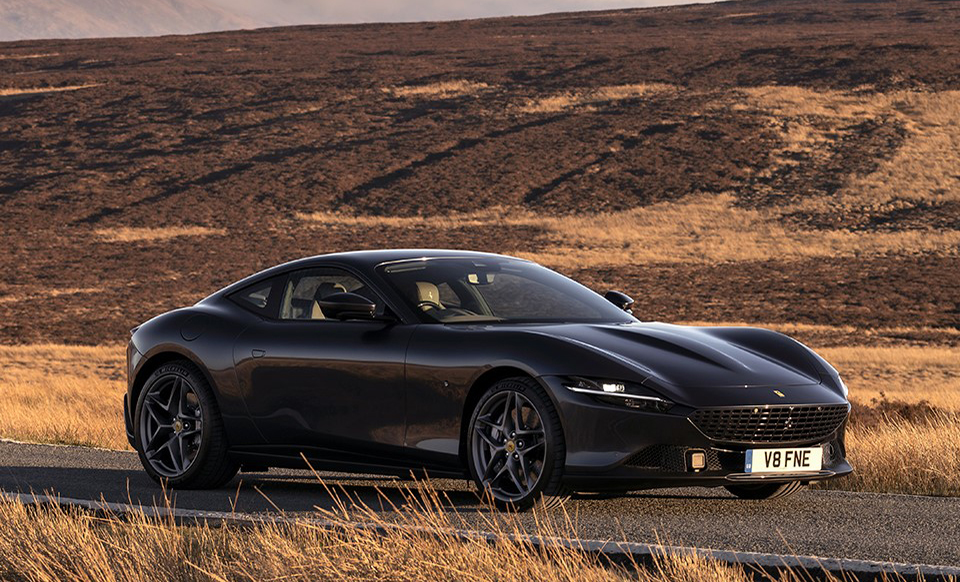
We expand our presence in emerging markets such as the Middle East, China, Japan and the rest of the Far East, while consolidating our position in the US, UK and German markets. We are also working in the same direction at the range level, with the addition of models that offer a higher level of comfort and driveability, while maintaining Ferrari-like performance.
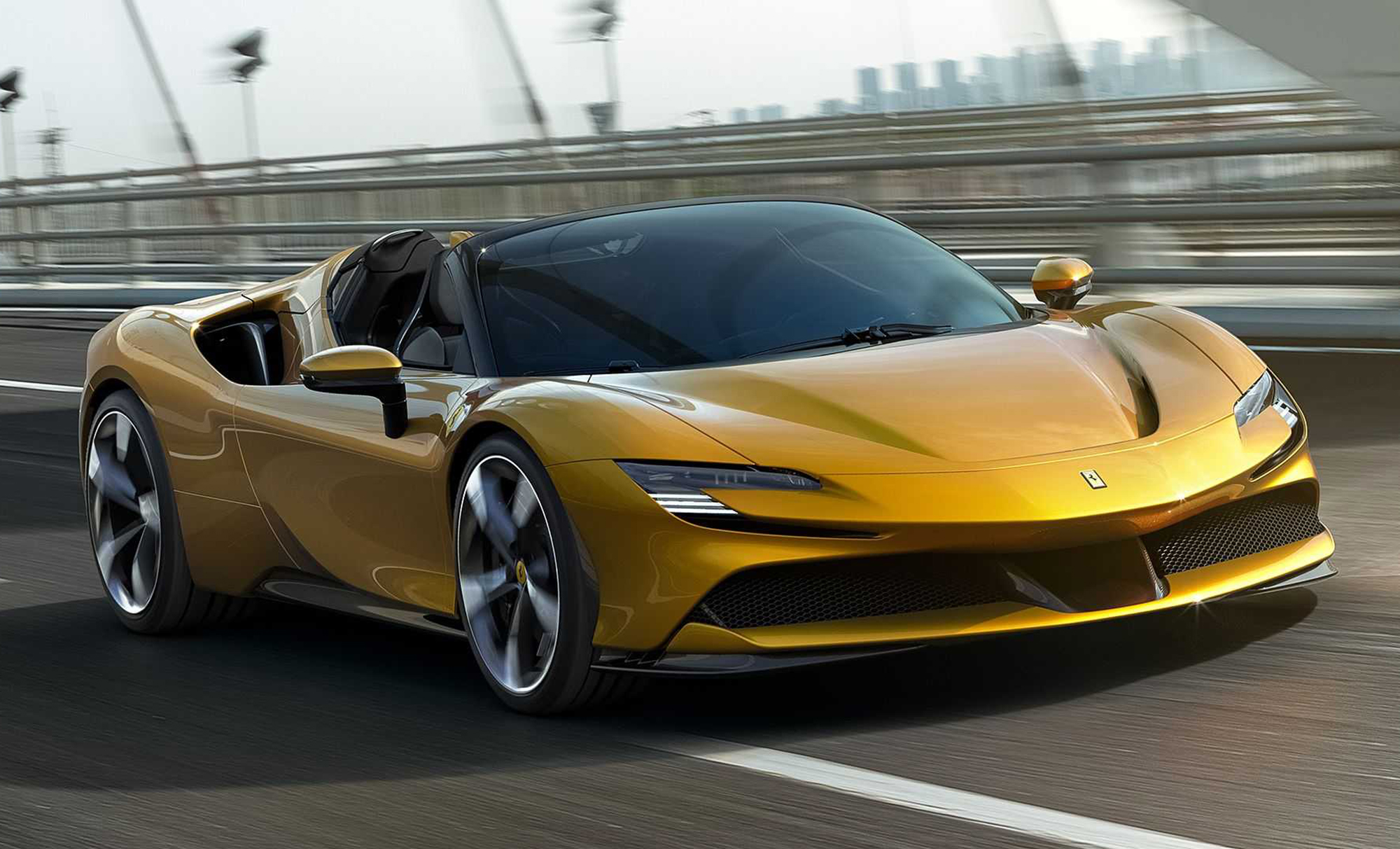
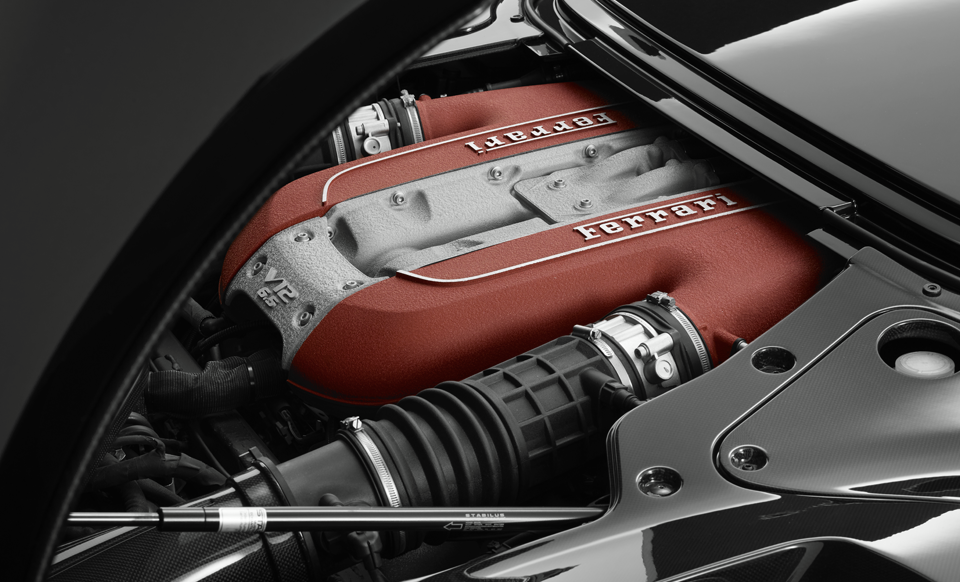

In 2015, FCA put 10% of its Ferrari shares up for sale as part of an initial public offering and on 21 October Ferrari was admitted to listing on the New York Stock Exchange (NYSE: RACE). On 4 January 2016, Ferrari was also listed on the Italian Stock Exchange, becoming an independent company.
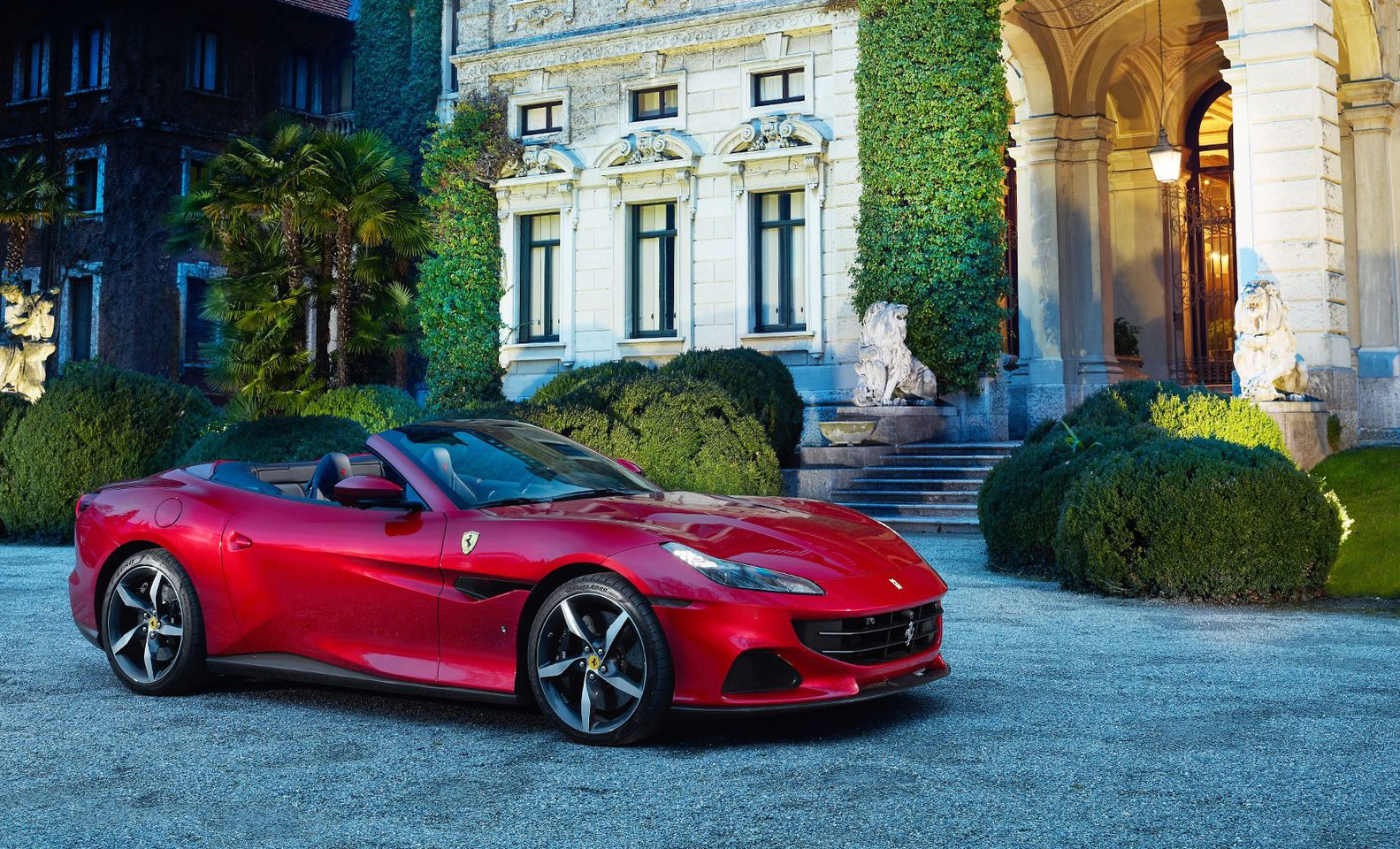
Ferrari
Italian Manufacturer of Luxury Sports Cars Based in Maranello

At The Origins of The Myth
 – Ode to the twelve cylindersFerrari 812 Competizione (2021) s.jpg)
Explore the moments that immortalized the myth of Ferrari, a race made of passion, craftsmanship and innovation.

Since 1947 in Maranello we have been building cars destined to win, on the track and on the road. The most challenging bad luck: the one against time.
'30 - '40 - The Origins

Our story officially begins in 1947, when the first Ferrari-branded car, the 125 S., came out of the historic door in Via Abetone Inferiore in Maranello. But the origins of Ferrari are inextricably linked to the life of the company founder.
Born in Modena on February 18, 1898 and died on August 14, 1988, Enzo Ferrari has dedicated his entire life to car racing. Official driver of Alfa Romeo in 1924, five years later he founded the Scuderia Ferrari, in Viale Trento Trieste in Modena, with the aim of involving his members, especially gentlemen, in motor racing competitions.
In 1938 he became director of Alfa Corse, a post he left in 1939 to found Auto Avio Costruzioni at the old headquarters of the Scuderia.
In this new company, Enzo Ferrari built a sports car, an 8-cylinder, 1500 cm³ spider called 815, which was built in two specimens and participated in the 1940 Mille Miglia. The beginning of the Second World War put an end to all competitive activities.
At the end of 1943 the Auto Avio Costruzioni workshops were transferred from Modena to Maranello. At the end of the conflict, the design and construction of the first Ferrari began, the 125 S, 12 cylinders, 1500 cm³ which, entrusted to Franco Cortese, made its debut on the Piacenza circuit on 11 May 1947 and on the 25th of the same month it won its first race at the Rome Grand Prix, on the circuit around the Baths of Caracalla.
'50 - The Success

The 1950s marked important changes: at the end of the decade the whole world will know the name Ferrari.
From a sporting point of view, the first successes of a series that will lead Scuderia Ferrari to become the most successful team ever in the history of Formula 1 are celebrated.
In the field Endurance wins his first Mille Miglia in 1948, the first 24 Hours of Le Mans in 1949 while in Formula 1 he wins the first Grand Prix valid for the Formula 1 World Championship in 1951, in 1952 Ferrari is Champion of the Mondo with Alberto Ascari, which will also be repeated in '53.
The industrial side also recorded significant events: the collaboration with the historic Carrozzeria Scaglietti began in 1951 for the production and assembly of Ferrari chassis.
The success with the public is such that between 1950 and 1960 sales are more than tripled.
'60 ' 70 - Consolidation

Enzo Ferrari, aware of the fact that the development of industrial activity requires a modern and structured corporate structure, undergoes some important changes: in 1960 Ferrari became a joint stock company, and in '69 he signed an agreement with the Fiat group for the sale of 50% of the Ferrari shares.
In 1973 the production of cars with the first rear-mounted V8 engines begins, which will enjoy great commercial success. Throughout the 1970s, sales continued to increase, driven by the success of cars such as the 308 GTB, 308 GT4 and GTS.

Even the racing department is certainly not watching.
At the end of the 1960s, the first sponsors appeared on F1 cars as well as the first logos on the bodies of Ferrari single-seaters: the agreement with Shell dates back to 1968, still today the main sponsor together with Philip Morris International (who arrives in '84). In the second half of the decade, the Scuderia achieved great successes in F1, triumphing several times in the Drivers and Constructors' World Championships.
'80 - '90 - Towards The New Millennium

During the 1980s we are going through perhaps the most delicate moment.

The decade ends with the sad note of Enzo Ferrari's death in 1988. Furthermore, Fiat increases its shareholding up to 90%, the remaining 10% remains in the hands of Enzo's son, Piero Ferrari.

If only two Constructors' World Championships come from Formula 1 ('82 and '83), in those same years cars capable of marking an era take shape: the 288 GTO and the Testarossa in 1984, the F40, the last car of Enzo Ferrari , in 1987, followed by the F50 in 1995.
2000 - 2010 - The Dominion of The Reds in F1

The new millennium begins giving us great sporting satisfactions: in America there are important triumphs, with three 12 Hours of Sebring and a 24 Hours of Daytona, but it is above all in F1 that our team achieves victories in series: from 2000 to 2008 they arrive in fact thirteen World Championships: six Drivers (five with Schumacher and one with Räikkönen) and seven Manufacturers.

From a commercial point of view, for years they have seen the launch of successful models such as the Enzo Ferrari in 2002 and the F430 in 2004 and, above all, the launch of a branding policy that after the inauguration of the first Ferrari Store in Maranello in 2002, will culminate in a series of openings in Italy and abroad bringing the Ferrari brand to 30 stores around the world, including St. Petersburg, Dubai, Abu Dhabi, Singapore, New York and Miami.
2010 to Today - New Markets and Stock Exchange Quotes

The third millennium begins with a decade of strong expansion.

.jpg)

We expand our presence in emerging markets such as the Middle East, China, Japan and the rest of the Far East, while consolidating our position in the US, UK and German markets. We are also working in the same direction at the range level, with the addition of models that offer a higher level of comfort and driveability, while maintaining Ferrari-like performance.



In 2015, FCA put 10% of its Ferrari shares up for sale as part of an initial public offering and on 21 October Ferrari was admitted to listing on the New York Stock Exchange (NYSE: RACE). On 4 January 2016, Ferrari was also listed on the Italian Stock Exchange, becoming an independent company.

-
Ferrari - Ferrari Brown Sunglasses with Leather Details and Polarised Mirror...
Ferrari sunglasses with a bold design distinguished by a flat front and temples with the metal Prancing Horse – emblem of passion, victory and self-expression.
510,00 € 600,00 € -15%Reduced price ! -
Ferrari - Ferrari Black Sunglasses with Leather Details and Polarised Mirror...
Ferrari sunglasses with a bold design distinguished by a flat front and temples with the metal Prancing Horse – emblem of passion, victory and self-expression.
510,00 € 600,00 € -15%Reduced price ! -
Ferrari - Ferrari Sunglasses in Silver Titanium with Gradient Green Mirror...
Ferrari sunglasses entirely crafted from high-quality titanium using a sophisticated Japanese handcrafted method. Hypoallergenic and ultra-light, the frame is distinguished by an irregular silhouette and thin double bridge.
467,50 € 550,00 € -15%Reduced price ! -
Ferrari - Ferrari Sunglasses in Black Titanium with Grey Polarised Lenses -...
Ferrari sunglasses entirely crafted from high-quality titanium using a sophisticated Japanese handcrafted method. Hypoallergenic and ultra-light, the frame is distinguished by an irregular silhouette and thin double bridge.
467,50 € 550,00 € -15%Reduced price ! -
Ferrari - Ferrari Sunglasses in Metal with Silver Mirror Orange Lenses -...
Metal sunglasses featuring a dynamic design defined by an interplay between full and empty spaces, blending Ferrari’s elegance and artisanal expertise.
382,50 € 450,00 € -15%Reduced price ! -
Ferrari - Ferrari Limited Edition Gunmetal Sunglasses with Mirrored Shield -...
The Ferrari Limited Edition shield sunglasses combine the wraparound maxi lens, shaped as a single piece, with the extremely light, sinuous metal frame, fused in a futuristic design that revisits the bold, high-performance aesthetic of Ferrari’s cars.
977,50 € 1 150,00 € -15%Reduced price ! -
Ferrari - Ferrari Limited Edition Metal Sunglasses with Transparent Shield -...
The Ferrari Limited Edition shield sunglasses combine the wraparound maxi lens, shaped as a single piece, with the extremely light, sinuous metal frame, fused in a futuristic design that revisits the bold, high-performance aesthetic of Ferrari’s cars.
977,50 € 1 150,00 € -15%Reduced price ! -
Ferrari - Limited Edition Ferrari White Leather Covered Sunglasses with...
The same refined leather that distinguishes Ferrari cars’ interiors and drivers’ suits covers the bold shapes and sinuous profiles of these sunglasses embodying the Ferrari legend’s highest values: iconic aesthetics and advanced engineering solutions that meet into a luxury accessory.
1 275,00 € 1 500,00 € -15%Reduced price ! -
Ferrari - Limited Edition Ferrari Black Leather Covered Sunglasses with Black...
The same refined leather that distinguishes Ferrari cars’ interiors and drivers’ suits covers the bold shapes and sinuous profiles of these sunglasses embodying the Ferrari legend’s highest values: iconic aesthetics and advanced engineering solutions that meet into a luxury accessory.
1 275,00 € 1 500,00 € -15%Reduced price ! -
Ferrari - Limited Edition Ferrari Red Leather Covered Sunglasses with Red...
The same refined leather that distinguishes Ferrari cars’ interiors and drivers’ suits covers the bold shapes and sinuous profiles of these sunglasses embodying the Ferrari legend’s highest values: iconic aesthetics and advanced engineering solutions that meet into a luxury accessory.
1 275,00 € 1 500,00 € -15%Reduced price ! -
Ferrari - Limited Edition Ferrari Sunglasses in Red And Gold-Tone Metal with...
Sunglasses turn into a high-fashion accessory – the Ferrari collection’s shield sunglasses revisit a Formula 1 helmet reinterpreting its aesthetic and engineering elements.
1 147,50 € 1 350,00 € -15%Reduced price ! -
Ferrari - Ferrari Sunglasses in Black Metal with Grey Lenses - Sunglasses -...
Metal sunglasses featuring a dynamic design defined by an interplay between full and empty spaces, blending Ferrari’s elegance and artisanal expertise.
382,50 € 450,00 € -15%Reduced price ! -
Ferrari - Ferrari Sunglasses in Black Metal with Silver Mirror Lenses -...
Metal sunglasses featuring a dynamic design defined by an interplay between full and empty spaces, blending Ferrari’s elegance and artisanal expertise.
382,50 € 450,00 € -15%Reduced price ! -
Ferrari - Ferrari Sunglasses in Grey Striped Acetate with Mirror Lenses -...
Ferrari sunglasses made of high-range acetate, with front and thick temples enhanced with sculpted effects, reinterpreting classic shapes into a bold and elegant design.
382,50 € 450,00 € -15%Reduced price ! -
Ferrari - Ferrari Sunglasses in Havana Acetate with Polarised Lenses -...
Ferrari sunglasses made of high-range acetate, with front and thick temples enhanced with sculpted effects, reinterpreting classic shapes into a bold and elegant design.
425,00 € 500,00 € -15%Reduced price ! -
Ferrari - Ferrari Sunglasses in Gold-Tone Metal with Blue Mirror Gold Lenses...
Ferrari metal sunglasses with a dynamic, ultra-light silhouette that tapers and expands into sinuous shapes and abundant volumes, playing between fills and cut-outs to create the illusion of a double bridge.
382,50 € 450,00 € -15%Reduced price ! -
Ferrari - Ferrari Sunglasses in Black Metal with Mirror Lenses - Sunglasses -...
Ferrari metal sunglasses with a dynamic and ultra-light silhouette that tapers and broadens into sinuous shapes and generous volumes – an interplay between fullness and emptiness that creates the illusion of a double bridge.
382,50 € 450,00 € -15%Reduced price ! -
Ferrari - Ferrari Sunglasses in Black Metal with Red Mirror Grey Lenses -...
Ferrari metal sunglasses with a dynamic and ultra-light silhouette that tapers and broadens into sinuous shapes and generous volumes – an interplay between fullness and emptiness that creates the illusion of a double bridge.
382,50 € 450,00 € -15%Reduced price ! -
Ferrari - Ferrari Sunglasses with Silver Grey Mirror Lens - Sunglasses -...
The expression of Ferrari's high-tech design and bold attitude, these pilot-style sunglasses combine an acetate front with metal visor and temples, creating an elegant and sporty silhouette where retro and contemporary styles blend within a refined technical construction.
977,50 € 1 150,00 € -15%Reduced price ! -
Ferrari - Ferrari Sunglasses with Light Blue Lens - Sunglasses - Ferrari Eyewear
The expression of Ferrari's high-tech design and bold attitude, these pilot-style sunglasses combine an acetate front with metal visor and temples, creating an elegant and sporty silhouette where retro and contemporary styles blend within a refined technical construction.
977,50 € 1 150,00 € -15%Reduced price ! -
Ferrari - Ferrari Sunglasses with Silver Mirror Lens - Sunglasses - Ferrari...
The expression of Ferrari's high-tech design and bold attitude, these pilot-style sunglasses combine an acetate front with metal visor and temples, creating an elegant and sporty silhouette where retro and contemporary styles blend within a refined technical construction.
977,50 € 1 150,00 € -15%Reduced price !



